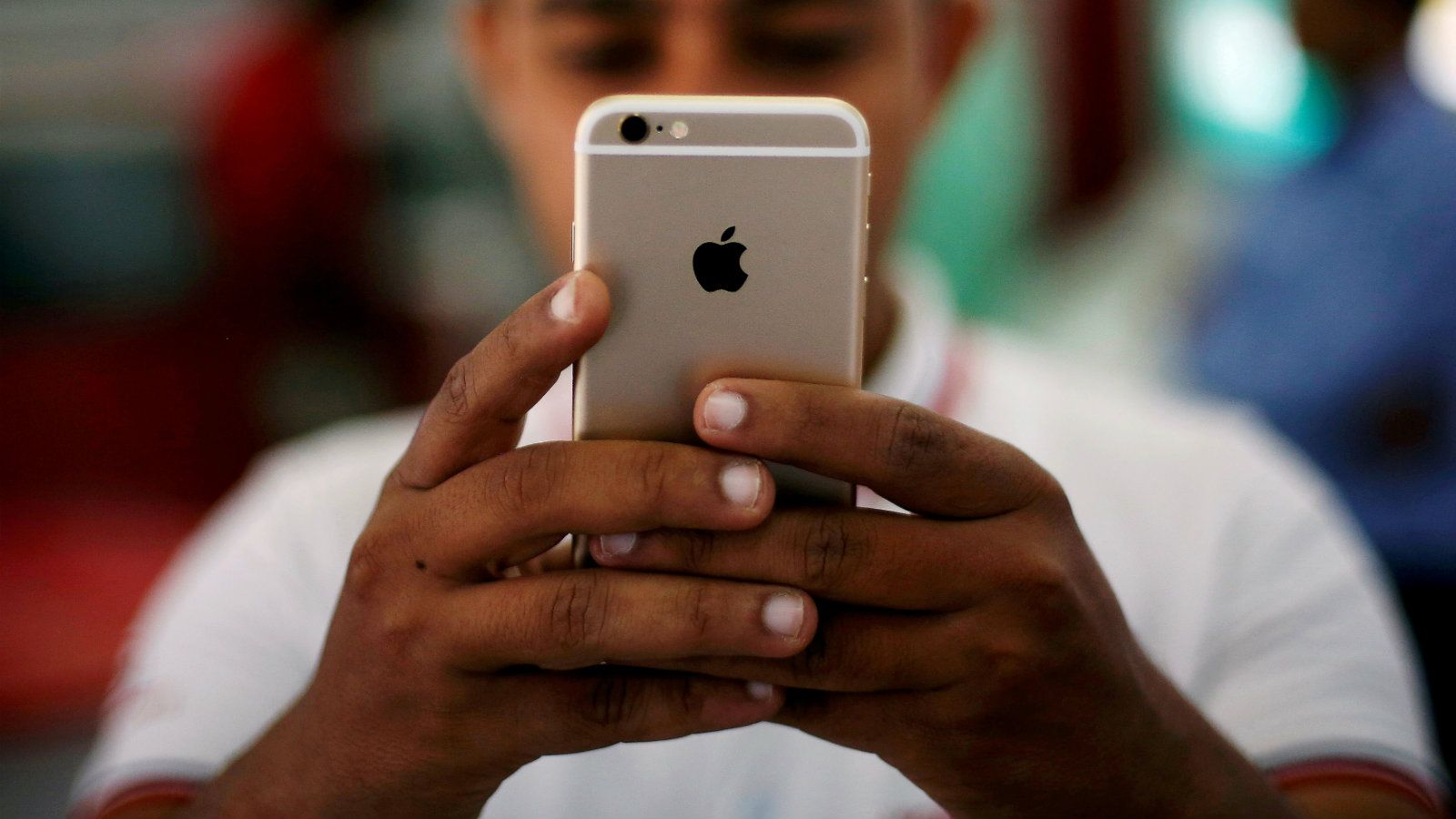Use of the internet and smartphones is no longer on the rise in America
For years, the number of Americans who have reported using the internet, social media, and smartphones has been on a meteoric rise. But that rate has slowed to a near-stall.


For years, the number of Americans who have reported using the internet, social media, and smartphones has been on a meteoric rise. But that rate has slowed to a near-stall.
New data published this week by the Pew Research Center show that, since 2016, that number has plateaued, indicating those technologies have reached a saturation point among many groups of people. The percentage of Americans using smartphones (77%), the internet (88% to 89%), and social media (69%) has remained virtually unchanged during the last two years.
“Put simply, in some instances there just aren’t many non-users left,” the report states.
More than 90% of adults younger than 50 report they use the internet or own a smartphone. This number squares with some of the trends noticed earlier this year by Gartner, a global research firm. The fourth quarter of 2017 marked the first time since 2004 that the market for smartphones declined globally compared to the prior year. People are less frequently buying new phones.
“While demand for high quality, 4G connectivity and better camera features remained strong, high expectations and few incremental benefits during replacement weakened smartphone sales,” the firm reported.
That’s already posed significant challenges for foreign companies looking to break into the US market. The Chinese brand Xiaomi is the fourth-largest seller of smartphones in the world. But as CNBC reported earlier this year, any goals it has for getting its products into American hands will be tough, with market saturation being a big reason why.
Of course, there are segments of the US population that represent room in which to expand the use of smartphones and the internet. About 60% of Americans living in rural zones complain they have internet speeds so slow that it inhibits use. There’s also the population over 50 years old, which often complains that learning a new technology isn’t worth their time, according to the Pew report. In 2015, a Pew survey showed 34% of people over 65 said they had no confidence in their ability to perform tasks online.
So for companies looking to make inroads, some of the challenges are clear: Invent products that make usability improvements to what’s already offered by Apple or Samsung that can be applied across a broad age range of people. It’s a tall order, but a tighter market could just pave the way for a newer, better wave of technology.